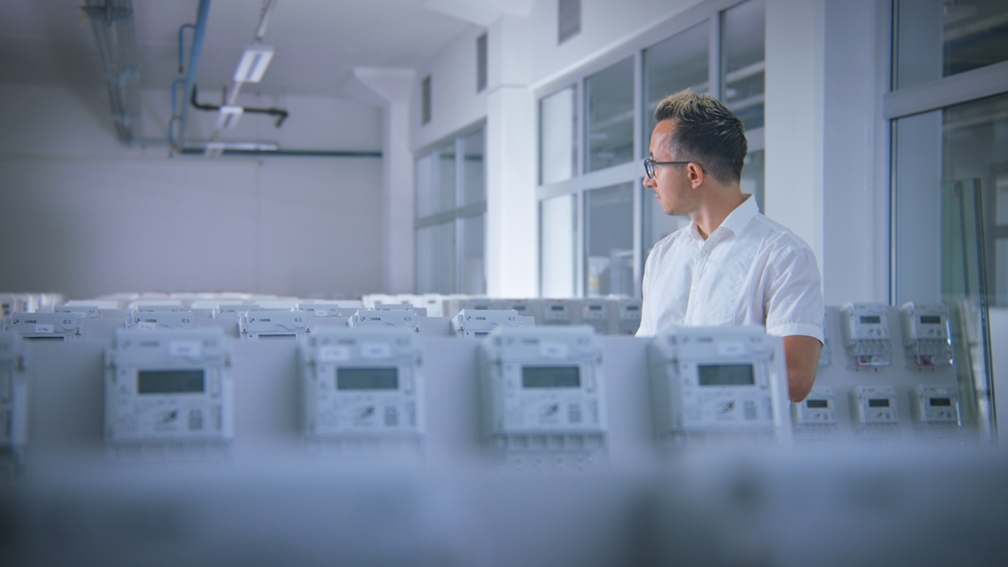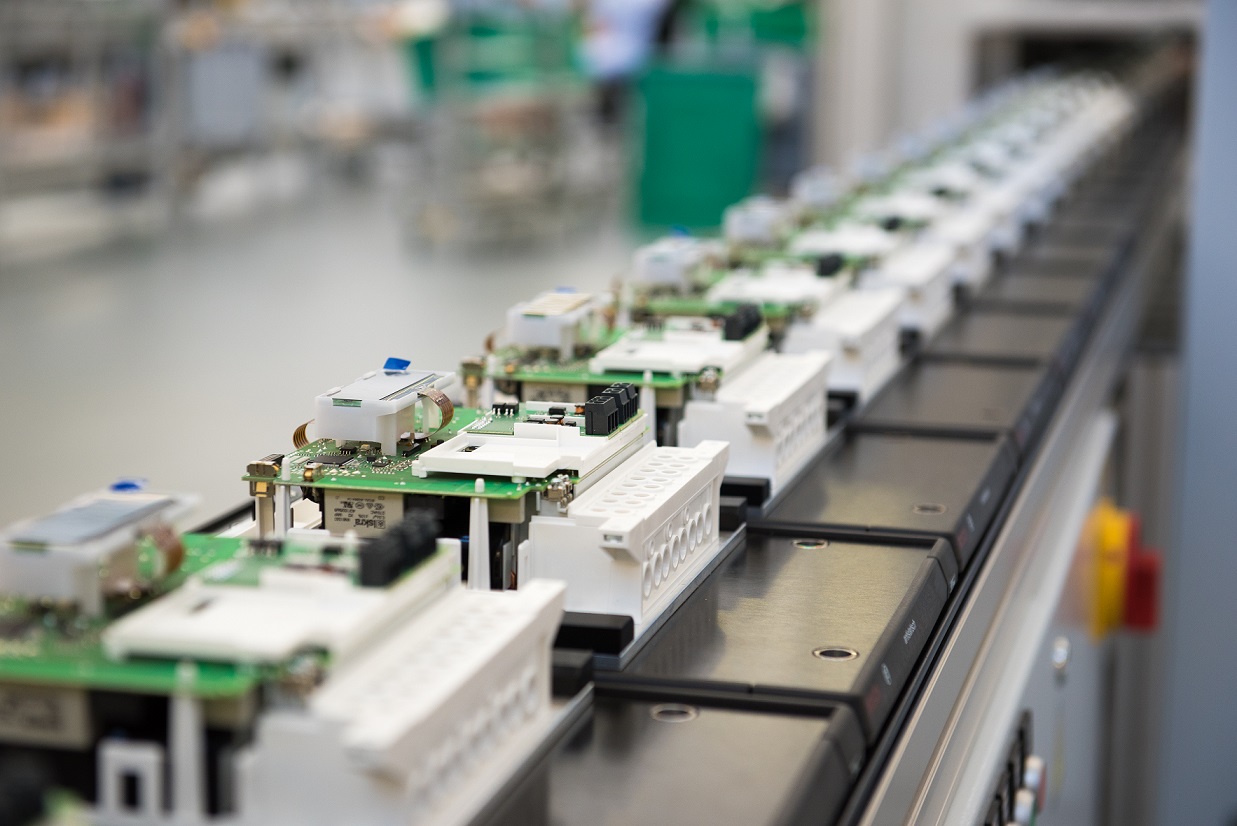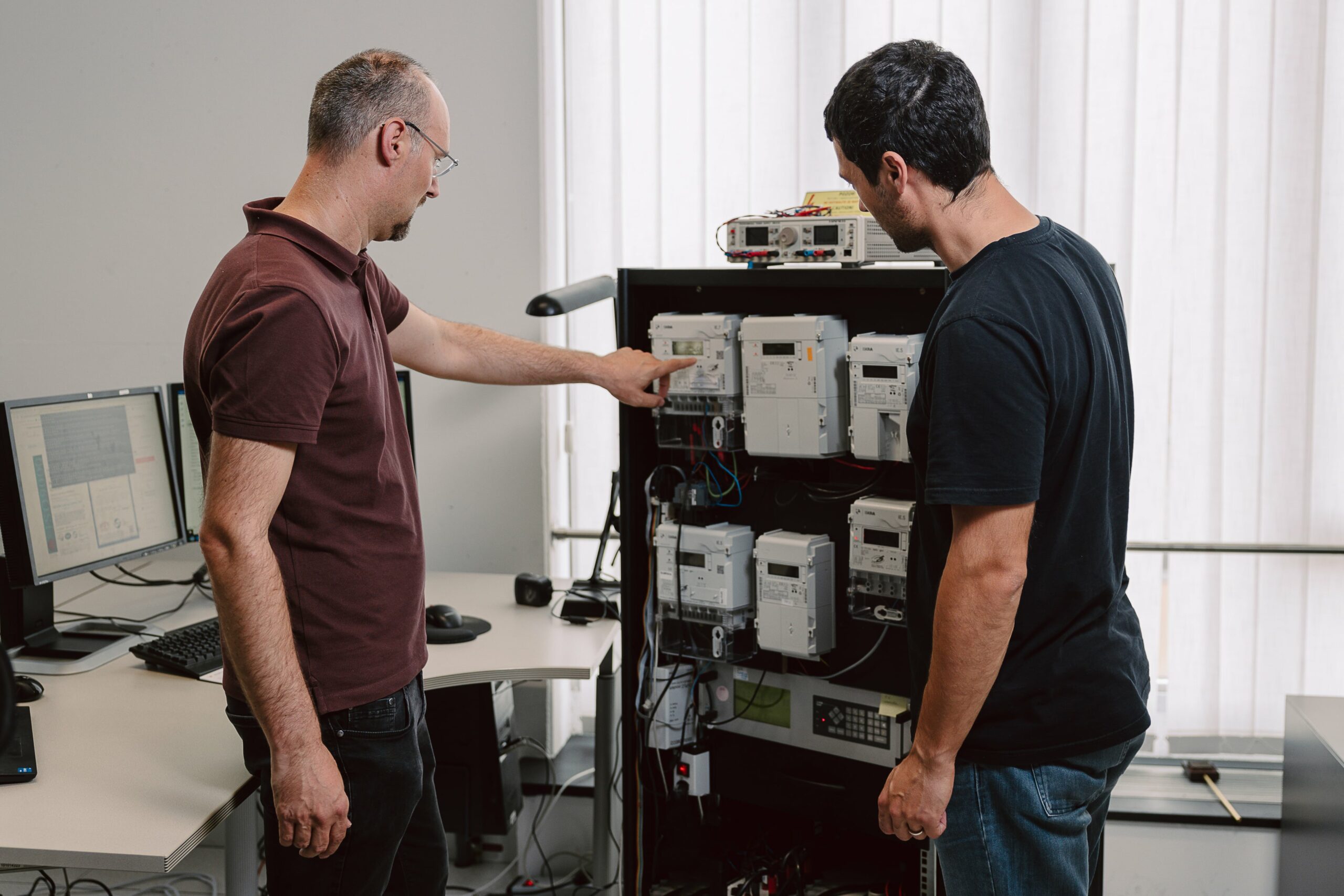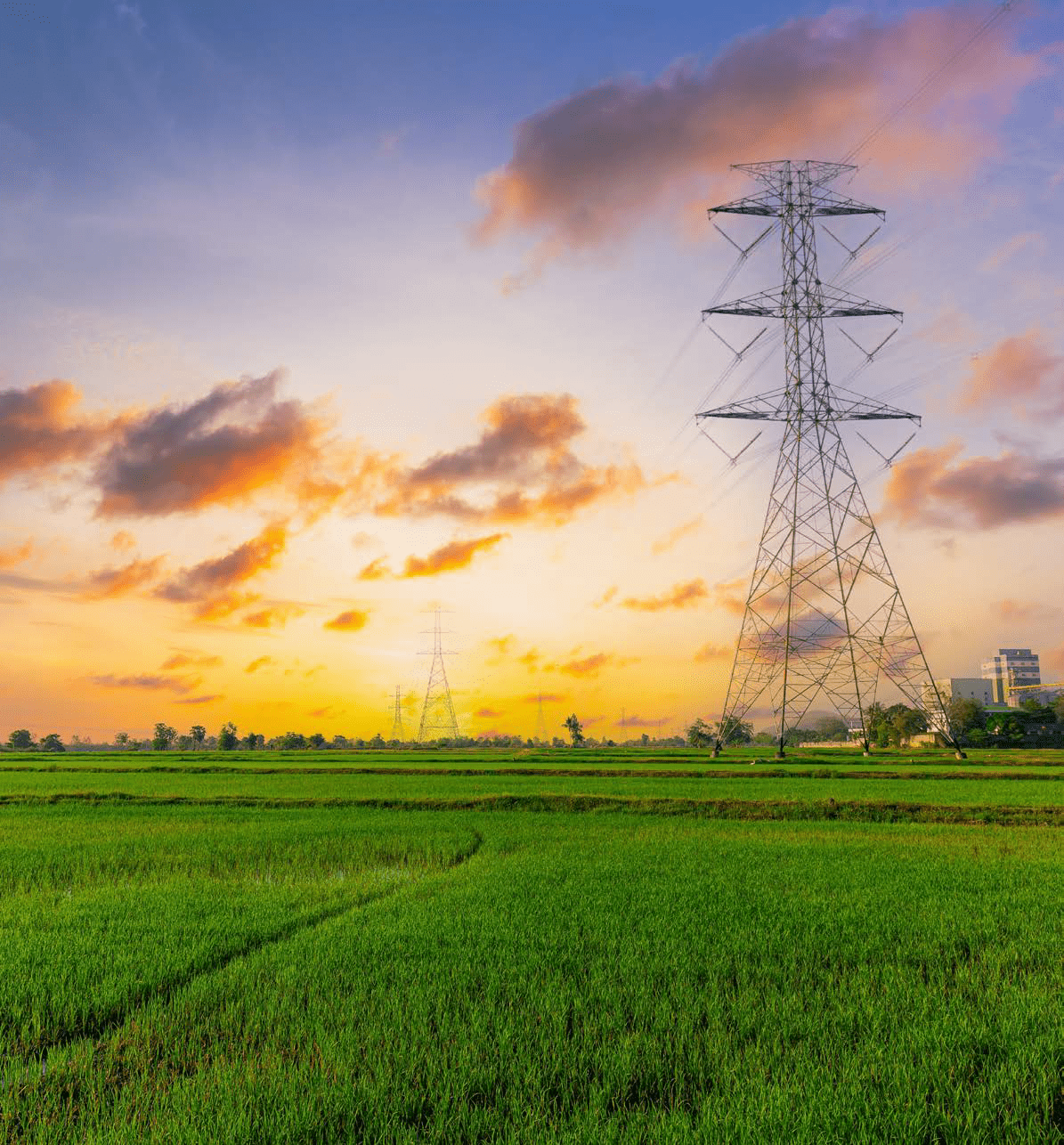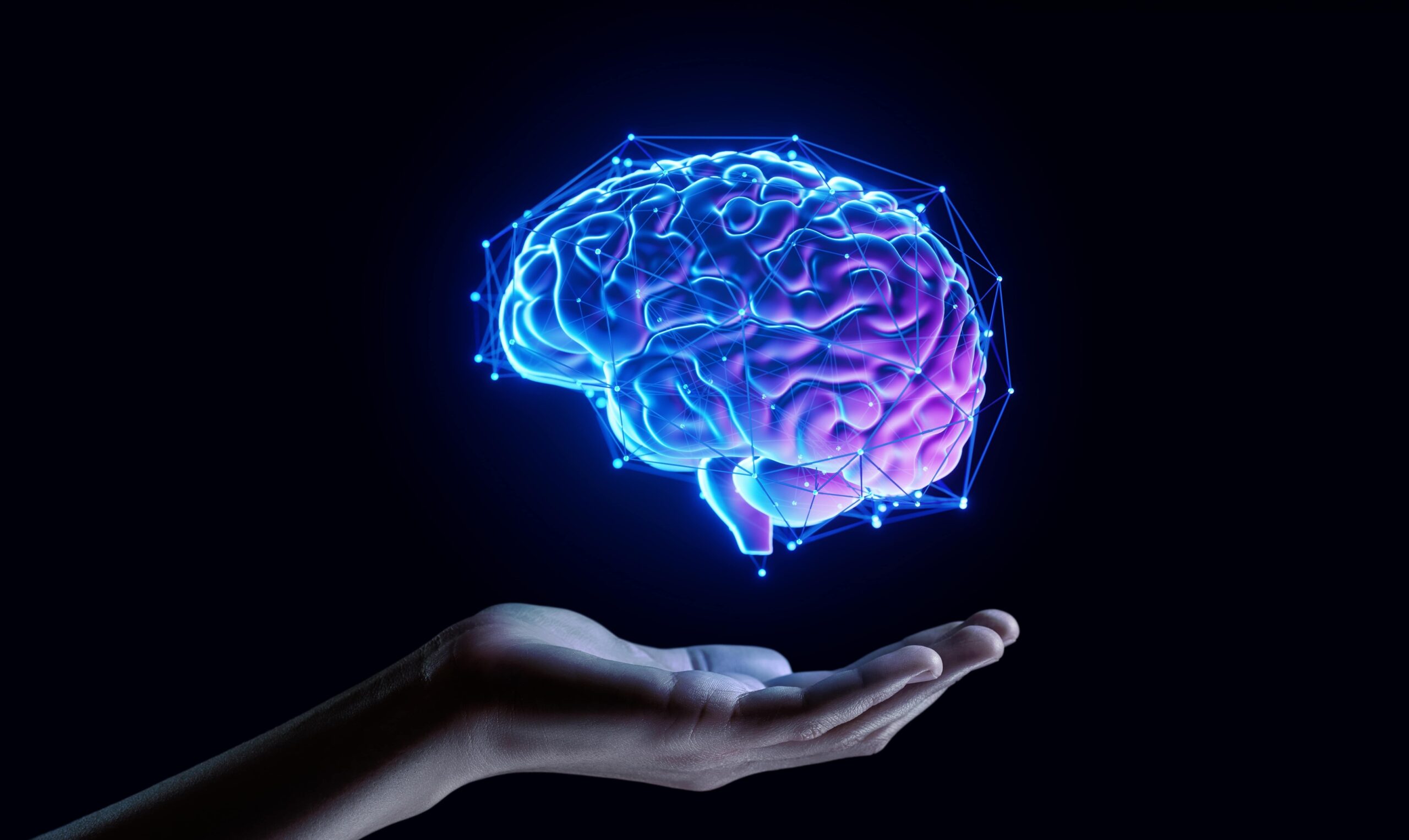The early days
Early electricity meters were simple devices made specifically to track the amount of electricity consumed by households and businesses. These analog meters, which first appeared in the end of 19th century, required manual readings by utility workers, a process that was time-consuming and prone to human error. The lack of real-time data meant that consumers had little visibility into their usage patterns, leading to wasteful energy use and inconsistent billing. The first major advancement in metering technology came with the development of Automated Meter Reading (AMR) systems in the late 20th century. These devices allowed utilities to remotely collect consumption data without requiring manual meter readings, improving efficiency and reducing operational costs. However, AMR systems still had limitations, as they provided only periodic data rather than continuous monitoring. They were able to store consumption data and provide more detailed insights into energy usage patterns, laying the groundwork for more sophisticated metering solutions.
The rise of smart meters
The true revolution in metering came with the introduction of smart meters in the early 21st century, which not only measured energy consumption but also enabled two-way communication between the meter and the utility company. Unlike AMR systems, AMI-enabled smart meters could collect and transmit real-time data, allowing utilities and consumers to monitor energy usage in great detail. This real-time communication facilitated more accurate billing, reduced losses due to energy theft, and enabled demand-response programs to manage peak loads more effectively.
Governments and regulatory bodies worldwide recognized the benefits of smart meters and began promoting their adoption through policy initiatives and subsidies. The European Union, for instance, set ambitious targets for smart meter deployment, aiming to replace at least 80% of traditional meters with smart versions by 2025. Similarly, countries such as the United States, China, and Australia have invested heavily in smart grid infrastructure to support the widespread use of smart meters.
As the concept of smart grids began to take shape, the role of smart meters became even more integral. Smart meters function as the interface between consumers and the smart grid, providing real-time data that helps balance supply and demand, integrate renewable energy sources, and improve the overall reliability of the grid.
The digital transformation
Today, smart meters are at the forefront of the digital transformation in the energy sector. Modern smart meters are equipped with advanced sensors, wireless connectivity, and artificial intelligence, enabling predictive analytics and automated decision-making. These capabilities empower consumers with real-time insights into their energy consumption, helping them make informed decisions to reduce their carbon footprint and lower their utility bills.
The integration of Internet of Things (IoT) technology and other digital technologies has further enhanced seamless communication between smart meters, home automation systems, and the power grid. This has allowed smart meters to evolve into sophisticated
devices that offer a wide range of functionalities beyond energy measurement. This interconnectivity facilitates automated energy management and presents opportunities for new services and applications, such as dynamic pricing, which encourages consumers to shift their energy consumption to off-peak hours by adjusting electricity rates based on demand and supply conditions.
Additionally, smart meters are essential for the transition to renewable energy sources. By providing real-time data on energy generation and consumption, these meters help balance supply and demand, ensuring the efficient integration of solar panels, wind turbines, and battery storage systems into the grid.
Challenges and opportunities
Despite their numerous benefits, the deployment of smart meters has not been without challenges. The privacy and security concerns surrounding the collection and transmission of comprehensive consumption data have resulted in the industry’s critical priority of ensuring that smart meter networks are resilient to cyberattacks.
However, the potential benefits of smart metering technology far outweigh these challenges. Smart meters are key enablers of the transition to a more sustainable energy system. They facilitate the integration of renewable energy sources, support energy efficiency initiatives, and provide the data needed to develop innovative solutions for the future.
The future of smart metering
Looking ahead, the evolution of smart metering technology is set to continue at a rapid pace. Advances in artificial intelligence, machine learning,
blockchain technology and big data analytics are expected to further enhance the capabilities of smart meters, enabling even greater levels of energy optimization and consumer engagement.
In addition, the growing of electric vehicles and the growing popularity of distributed energy resources, such as rooftop solar panels, will drive the need for more sophisticated metering solutions. Smart meters will play a crucial role in managing the complex interactions between these various elements of the modern energy system. In conclusion, the evolution of smart metering technology from basic utility tools to digital game-changers is a testament to the power of innovation in transforming industries and improving our daily lives. As technology continues to evolve, smart meters will play an increasingly vital role in shaping the future of the global energy landscape, driving progress towards a more intelligent and interconnected world.
